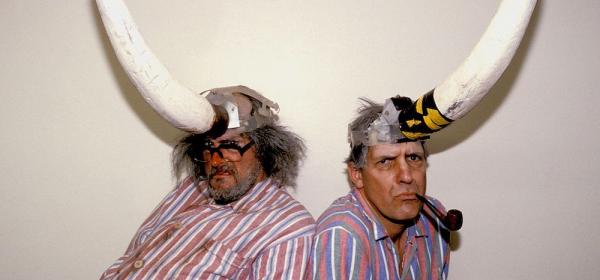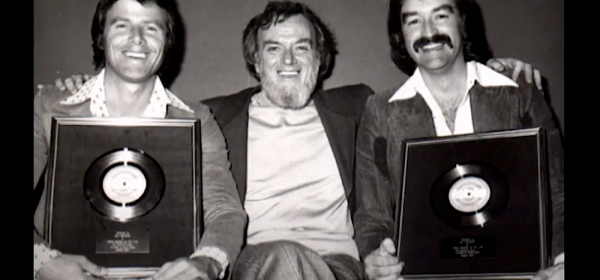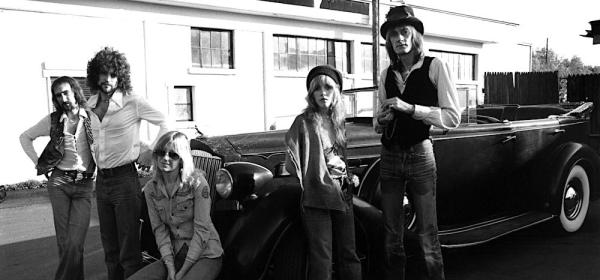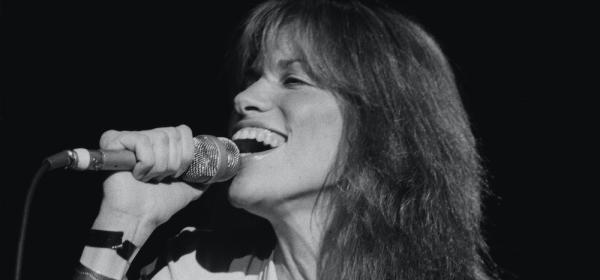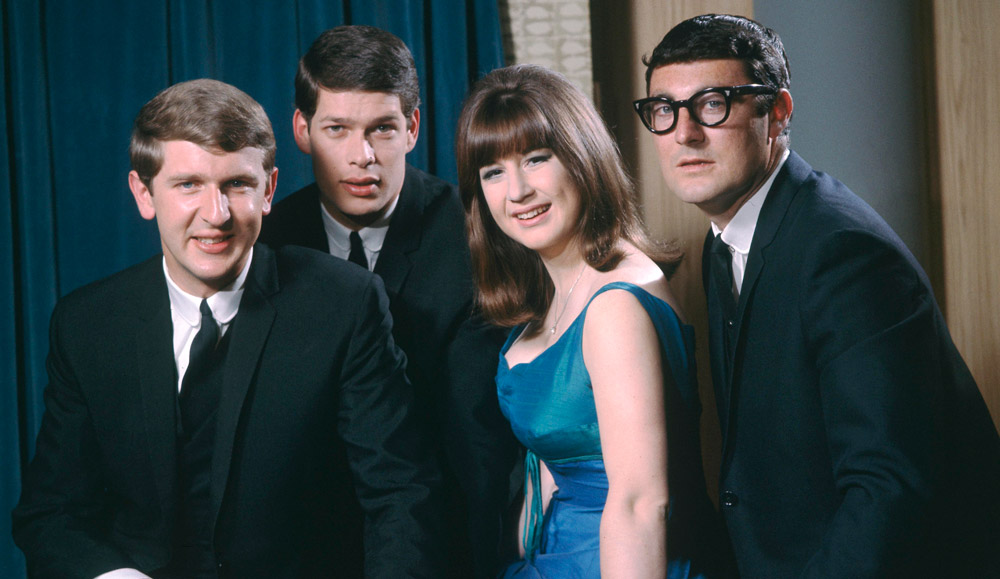
While they famously broke up in 1968, following Judith Durham's decision to go solo, The Seekers – individually and then again as a group – found some further success throughout the 70s. Over-shadowed of course by the size of their 60s successes, and the enduring quality of those classic mid-60s hits, Keith, Bruce, Athol, and Judith were individually and collectively involved in a surprising number of chart successes in a decade that looked, felt and sounded light years away from the world of their own that The Seekers had created from 1963 to 1968.
Bruce Woodley was the first to find some success. Having returned home to Melbourne in 1968, he wrote with both John Farrar of The Strangers and up-and-coming local songwriter Hans Poulsen. Woodley and Poulsen wrote the Ian Meldrum produced hit "Monty & Me'" for Zoot and the memorable "Boom Sha La La Lo", a big smash for Hans in 1970. The song was redolent of the return to simplicity and harmony following the excesses of the psychedelic late-60s; a return that seemingly provided an excellent opportunity for the savvy Seeker.
Woodley also somewhat bizarrely contributed some decent folky tracks to the soundtrack to Bruce Beresford's 1971 surf movie Getting Back To Nothing, together with contributions from Poulsen and guitarist Billy Green of Doug Parkinson In Focus. The same year he also released his first solo album Just Good Friends.
Most famously on an international level, Keith Podger, who had remained in London following The Seekers split, formed The New Seekers. Keith was only involved briefly with his new creation, which is best known for a later hit "I'd Like To Teach the World To Sing", but he was there for their first hit "What Have They Done To My Song, Ma?" (#3 in Australia), released in 1970 along with an album of the same name that was released in some territories as by Keith Podger & The New Seekers. (The following live performance was recorded after Keith's departure).
After his involvement with the New Seekers, Keith teamed up with successful producer and former member – alongside Seekers songwriter Tom Springfield and his sister Dusty (yes, that Dusty Springfield – she original sang folk-influenced material with her brother, who went on to write most of the Seekers hits) – of The Springfields. Taking the New Seekers concept to another old band, they formed Springfield Revival – featuring Australian singer Mick Finn, previously of the Mixtures - which replicated to the two guys & a girl format of the original Springfields and supplanted the original group's sound with a 70s pop formula. No great hits were forthcoming although they toured with The Osmonds and had some close calls. Springfield Revival singer Donna Jones would find greater success a few years later under the name Pussyfoot, who had an international hit in 1976 with "The Way That You Do It", after which she would become a New Seeker herself...
As this was going on, Judith Durham was pursuing her solo career, the calling of which had effectively ended the band's run in 1968. Judith had released a couple of solo singles while The Seekers still existed, and a Christmas album – her first solo album – immediately after that. Months before that she returned to Australia and featured in the television special An Evening With Judith Durham on the Nine Network. She released two more albums, neither of which were particularly successful, before returning to her first love, trad jazz, with the help of her husband Ron Edgeworth who became her musical director. Her fourth solo album, Judith Durham and the Hottest Band in Town came out and received considerable acclaim. Allmusic.com latterly said, "There's not a weak moment on the album, which is a must-own for fans of big-band jazz or blues vocals. " Judith recorded two more albums with Ron before the decade was out, and in 1978 she performed at esteemed Newport Jazz Festival in the US where she received a standing ovation.
While Judith's career in the decidedly non-pop jazz world was still starting in 1973, Bruce and Keith's individual efforts as pop songwriters and producers were perhaps not reaching the levels they'd wished. Perhaps at the behest of Athol Guy, whose post-Seekers careers had been in marketing and politics, the three men began working towards a reformation with the help of fellow 60s Melbourne hitmaker Buddy England ("Movin' Man"), who found them a new frontwoman Louisa Wisseling performing at the outer Melbourne theatre-restaurant The Swagman ("With the smorgasbord what we're famous for").
Seemingly forgotten today, the new Seekers (as opposed to the New Seekers) were an instant and considerable success in Australia, with the single "Sparrow Song" reaching #2 and the album The Seekers, #17.
And on The Norman Gunston Show, performing "Reunion"! (Where's Athol?)
Alas, renewed international success wasn't forthcoming; perhaps ABBA was in the midst of taking their place in the realms of family-friendly pop. And working in an era of "Horror Movie" and "Howzat", it's perhaps not surprising that the reformed Seekers success was relatively short-lived at home. While the band released one more album in 1978 continued until 1981 (without Woodley and then Guy), the returns were diminishing. (However, if anyone knows what became of Judith's replacement, Louisa Wisseling, please let us know!)
The band sat most of the 80s out. In 1987, ahead of the Australian Bicentennial, Bruce Woodley worked up an ambitious double LP project and a little tune called "I Am Australian", after which The Seekers returned again, this time with a clearly more conservative and MOR direction with Julie Anthony up front. But that was short-lived, and another story. Let's finish off with Bruce's single from 1987. It went pretty much unheard at the time, but you might recognize it...
Get The Seekers hits compilations on vinyl here.
Listen to The Seekers on Spotify
Listen to The Seekers on Apple Music



